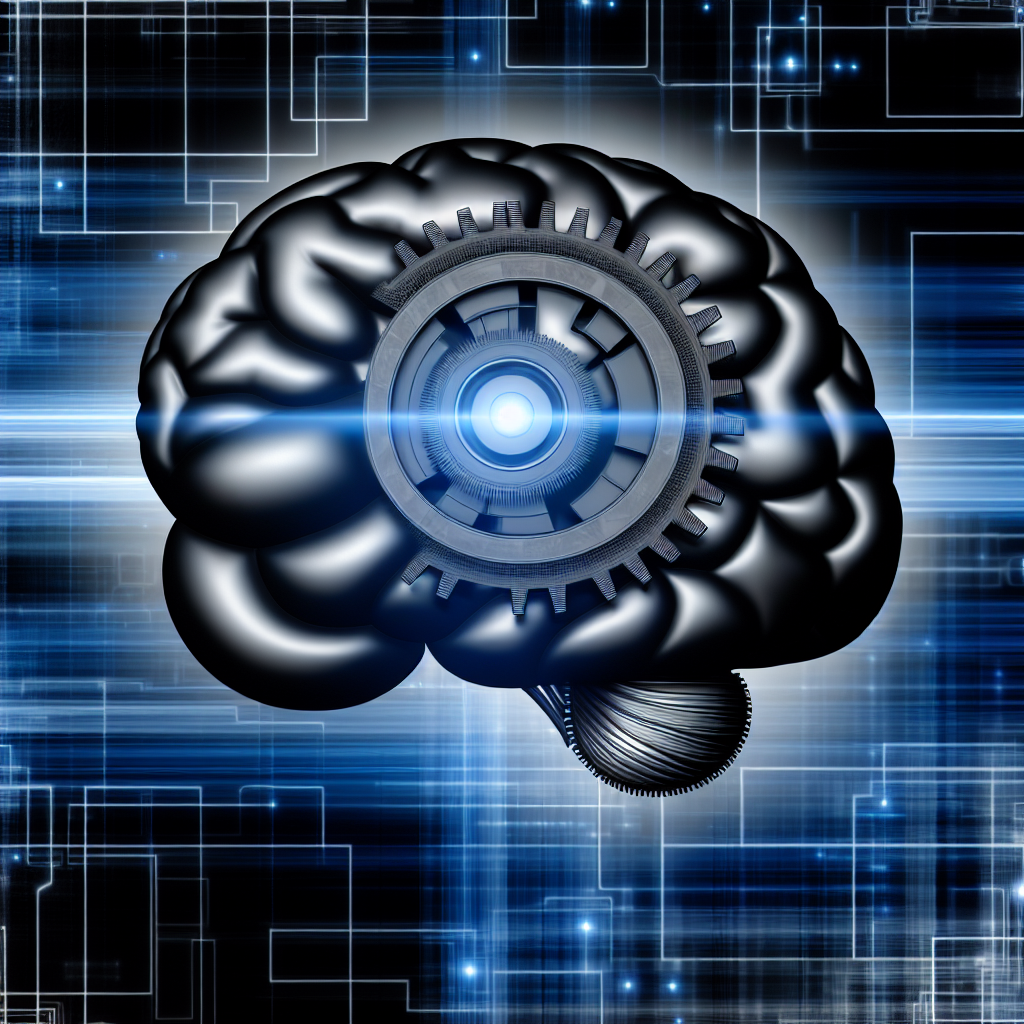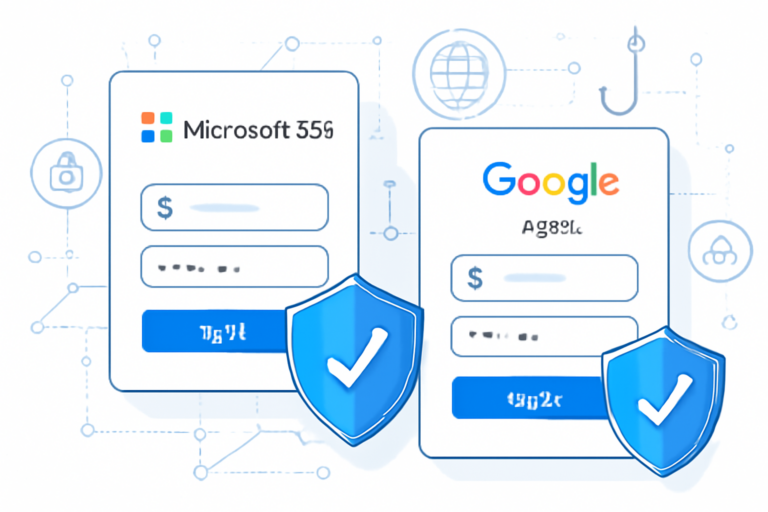Welcome to our ultimate guide on AI Model Optimization! 🚀 In today’s fast-paced technological world, ensuring your AI models perform at their best is crucial. Whether you’re a data scientist, machine learning engineer, or just an AI enthusiast, understanding optimization techniques can significantly enhance the performance and accuracy of your models. Let’s dive into some key strategies and tips to get you started!
## Understanding AI Model Optimization
AI model optimization involves refining your algorithms and data inputs to improve performance and accuracy. This process can be likened to fine-tuning a musical instrument, where every adjustment can lead to better harmony and efficiency.
### Key Optimization Techniques
1. **Hyperparameter Tuning:** One of the most effective ways to optimize your AI models is by adjusting hyperparameters. This involves tweaking parameters like learning rate, batch size, and dropout rate to improve model performance. Tools like Grid Search and Random Search can automate this process.
2. **Feature Selection:** Not all data features contribute equally to the accuracy of a model. By selecting the most relevant features, you can reduce complexity and improve performance. Techniques like Recursive Feature Elimination (RFE) and Principal Component Analysis (PCA) are popular for feature selection.
3. **Regularization:** To prevent overfitting, regularization techniques introduce a penalty for larger coefficients in the model. Methods like Lasso and Ridge Regression are commonly used to maintain a balance between bias and variance.
4. **Model Pruning:** Reduce the size of your models by removing unnecessary weights or neurons. This not only enhances speed but also reduces computational costs. Pruning is particularly beneficial for deploying models on devices with limited resources.
5. **Data Augmentation:** Enhance the diversity of your training data by applying transformations such as rotation, scaling, and flipping. This can lead to more robust models capable of handling variability in real-world scenarios.
## Conclusion
Optimization is a continuous process that requires testing and validation. It’s important to monitor your models and make adjustments as necessary to maintain optimal performance. Remember, even the smallest tweak can have a significant impact!
Explore these techniques and see how they can elevate your AI projects. For more in-depth resources and personalized guidance, don’t hesitate to visit our website. Happy optimizing! 🌟
************
The above content is provided by our AI automation poster




